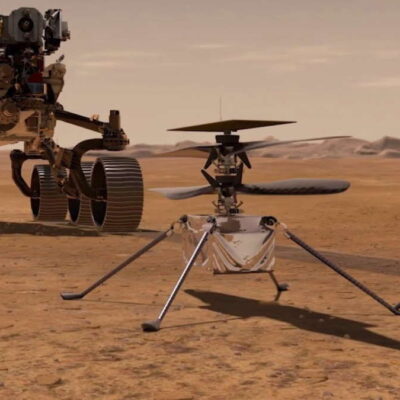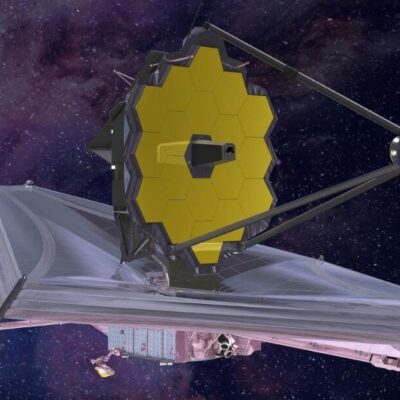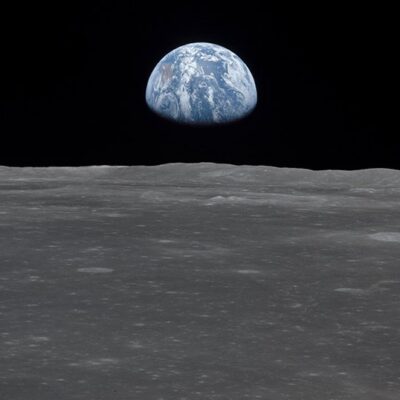The release of the world’s maximum effective area telescope, the James Webb Space Telescope, become simply the start of this area-primarily based totally observatory. Having left Earth’s environment and traveled over 250,000 miles farfar from our planet, it’s miles now greater than 70% of its manner to its very last orbit across the sun (through NASA).
The telescope has to do greater than simply travel, though. Many of the observatory’s additives want to be big to assist it take the maximum correct readings possible, however there’s simplest a confined quantity of room internal a rocket. Once the telescope become launched into area, it had to unfurl itself into its very last configuration.
The observatory lately hit a huge milestone whilst it completed deploying its five-layer sunshield, that’s the scale of a tennis courtroom docket and had to be tensioned into place. Now, it’s miles persevering with to spread with its secondary replicate and warmth radiator in place, and it may tackle its subsequent huge challenge: Unfolding its outstanding hexagonal number one replicate.
Deploying the number one replicate
On Friday, January 7, engineers started out the system of unfolding the number one replicate. Consisting of 18 hexagonal, gold-plated segments, the replicate is one of the telescope’s maximum visually hanging additives. The number one replicate desires to be big as that is at once associated with how plenty mild the telescope can detect, which makes it greater correct (through NASA). James Webb’s replicate is 6.five meters (21ft) across, that’s the most important ever released into area. Compared to the 2.4-meter (7.8ft) replicate used on James Webb’s predecessor, the Hubble Space Telescope, this huge replicate will assist the telescope to look out in addition into area.
Engineers couldn’t simply construct a 6.five-meter (21ft) replicate like Hubble’s, though, due to the fact it’d be too big and too heavy to release. Instead, they constructed the James Webb replicate in segments crafted from beryllium, that’s each light-weight and strong. These segments fold in on themselves to match into the rocket, and now it’s time for them to spread into their very last configuration.
So far, in line with NASA, the engineers have deployed one of the number one replicate wings, which might be aspect panels that maintain the replicate in place. Deployment of the port aspect replicate wing started out at 8:36 AM ET and become finished at 2:eleven PM ET.
The subsequent section is the deployment of the starboard wing, that’s deliberate for the weekend. Then the telescope must be completely deployed into its very last form, equipped to preserve its adventure to its orbit.




